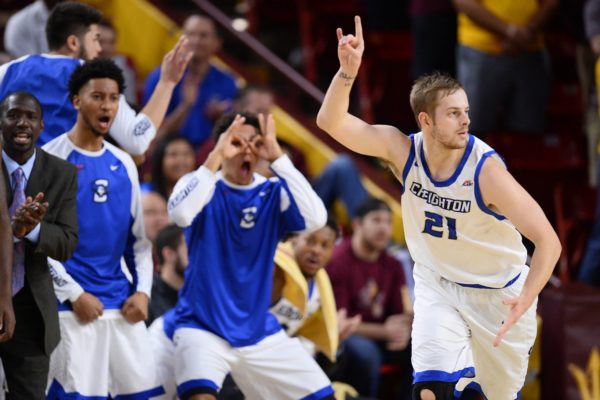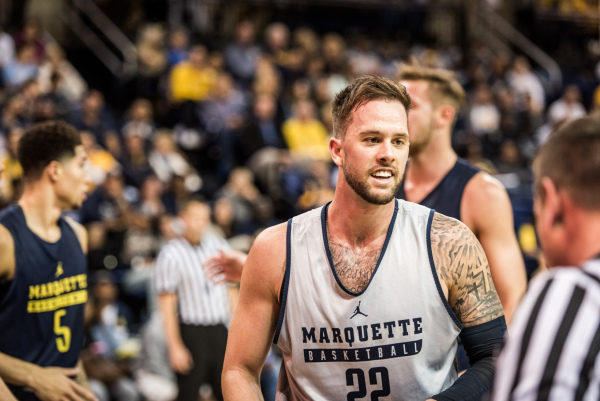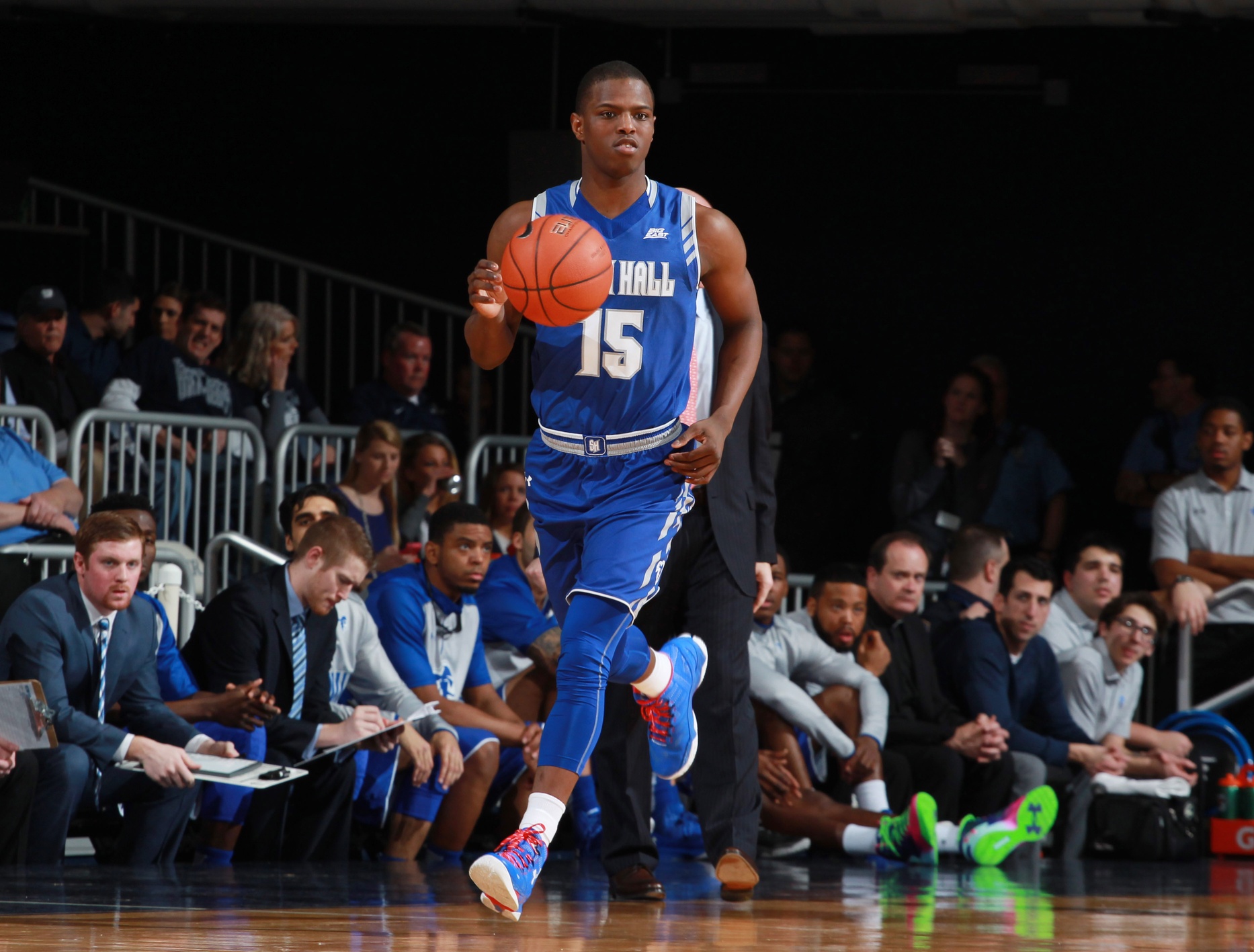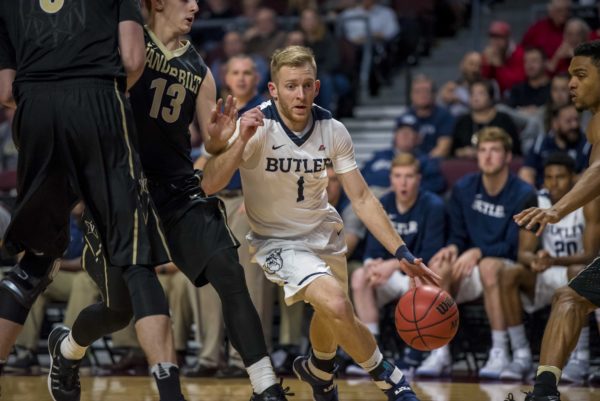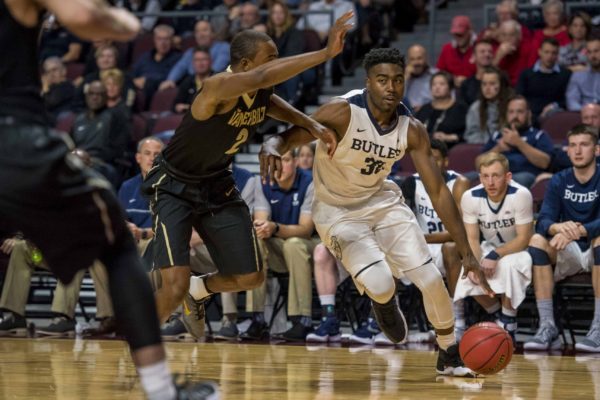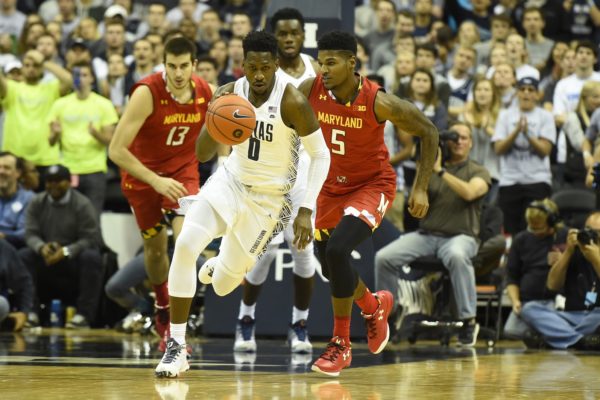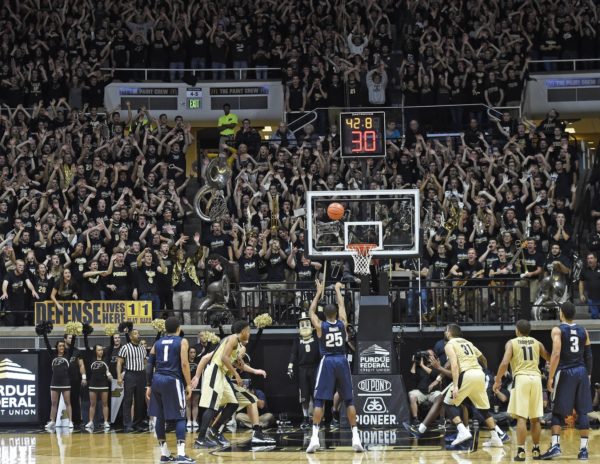Breaking Down Creighton’s Powerful Offense
Posted by Justin Kundrat on December 27th, 2016As Mo Watson‘s National Player of the Year campaign has gained momentum and Marcus Foster is making the most of his second chance with multiple 20-point outings, Creighton has catapulted up the national rankings. The preseason #22 team sports a flawless 12-0 record with notable drubbings of Wisconsin and NC State on its way to a current top 10 ranking in the national polls. Occasional lapses of defense have generated some concern, but the well-oiled machine that is Greg McDermott‘s offense is keeping the ship very much afloat. Through the first third of the season, the Bluejays rank ninth nationally in offensive efficiency, a measure of effectiveness supported by what might be the most well-balanced scoring unit in the country. For Creighton, its offensive efficiency is the what, but it is the how that makes this team so intriguing.
The first component of the how is Creighton’s proficient outside shooting — McDermott’s team connects on a nation-leading 45.5 percent of its long-range shots. What kills opponents, however, has less to do with accuracy than with every player in the core rotation being a legitimate threat from deep. That includes 6’10” Toby Hegner and 7’0″ freshman Justin Patton.

When Creighton runs its spread offense and initiates action from dribble handoffs or pick-and-rolls, help defense is an ambitious endeavor. When defenders choose to double in the post or step in to protect the lane against Watson, someone who can knock down open jumpers is routinely left alone beyond the arc. Conversely, the spacing created from this array of outstanding shooters ultimately allows natural penetrators such as Watson or Foster to attack the rim in advantageous, one-on-one settings. Read the rest of this entry »





























